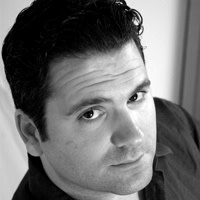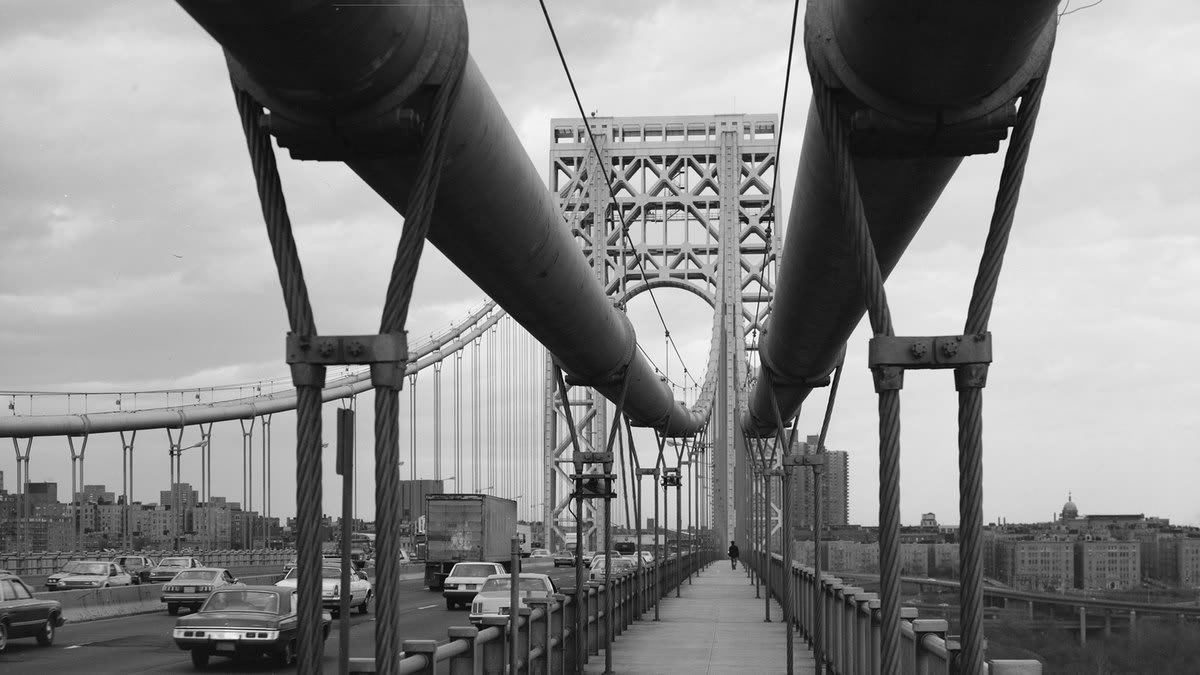Lin-Manuel Miranda gives a nod to the Jews of New York’s Washington Heights in his musical—soon to be a movie—In the Heights, about Dominican immigrants. A shopfront sign peels away, revealing one once catering to the area’s Jewish community, 37 percent of the neighborhood at mid-century.
These mixed ethnic layers inform the Leo Baeck Institute for the Study of German-Jewish History and Culture’s Refuge in the Heights: The German Jews of Washington Heights, an exhibit now sadly delayed because of the coronavirus.
Curator Magdalena M. Wrobel said the history of German Jews in Washington Heights was universal, where “many minorities and immigrants in New York and in the US can actually relate and think in a broader context, ‘Oh this was also the story of my parents when they came to the US, or maybe someone will think ‘Oh my mother also could not speak English when she arrived.’”
The German Jews were escaping Nazism, desperation setting in after 1938’s Kristallnacht. In America, still in the throes of Depression, refugees had to get affidavits from relatives to ensure they would not be an economic burden.
“Sometimes they even approached complete strangers who just had the same last name as the people in Germany and Austria and asking them if they would be able to provide them with those affidavits,” said Wrobel. “And of course, we can bring this situation to today. Let’s say how many would do that if some person from Syria or the Middle East would approach them with this kind of request? The US as an open country embracing the immigrants was just a myth.”
“German Jews were treated with some suspicion,” Wrobel said. “There was a still a lot of anti-Semitism in the US at this point, but they were also German, so for them this was double.”
The neighborhood’s most famous refugees were Henry Kissinger, and later, Ruth Westheimer, better known as Dr. Ruth. However, Wrobel said the exhibit focused on lesser-known immigrants “to show how they acculturated to the new society, while at the same time trying to preserve some element of their home.”
Among those was 91-year-old Sophie Heymann, who came to New York as a girl, later becoming mayor of the town of Closter, across the George Washington Bridge in Bergen County, New Jersey. It took her family about five years to get immigration approval.
“I feel very strongly on that subject,” Heymann said. “The United States did everything it could at that time, under President Roosevelt, to keep as many Jews out as possible. My family and I actually became Republicans because we were so appalled at the way Roosevelt closed the doors to the Jewish immigrants.” The man who would have been her father-in-law waited three years for possible approval, only to be murdered by the Nazis.
The exhibit begins with Washington Heights’ history from settlement by the Wiechquaesgeck tribe, European colonization and the forts pivotal to the American Revolution. Construction of its most striking feature, the George Washington Bridge, is also documented. An intriguing photograph shows the neighborhood before I-95 sliced through.
Panels discuss refugee stories similar to Heymann’s into what was nicknamed “Frankfurt on the Hudson,” or “The Fourth Reich.” About 125,000 German and Austrian Jews entered the United States through 1940. Of these, 70,000 came to New York City, 20,000 settling in Washington Heights. Many hailed from southern and rural Germany, versus the Upper West Side’s refugees from Berlin and larger cities.
Judaica from Europe and modern pieces by locally born artist Tobi Kahn are displayed. There are photographs from family collections and of long closed businesses like the Wertheimer department store and Gruenebaum Bakery.
Among the most curious items is a wimpel, a Torah cover usually made from bris circumcision ceremony swaddling cloth, created by Siegfried Simon in 1944 for Ronald Bloch, born to a refugee family that year.
Bloch’s story is almost full circle for the neighborhood: His family had first been refugees in the Dominican Republic under dictator Rafael Trujillo, before their American entry. He described his Washington Heights childhood as idyllic, his family’s suffering largely kept from him. “Nobody talked about the war and what happened in Germany,” he said, adding, “our parents tried to protect us.”
He took his daughters to the neighborhood. “I want them to have a sense of history and family and how people can be stigmatized and also the resilience,” he said.
What his family experienced is still important today, he said, with “not only anti-Semitism but immigration, everything, the hate that's coming out. That’s why it’s important to understand the history of where stuff is coming from, and how easily it is that hatred comes out.”

